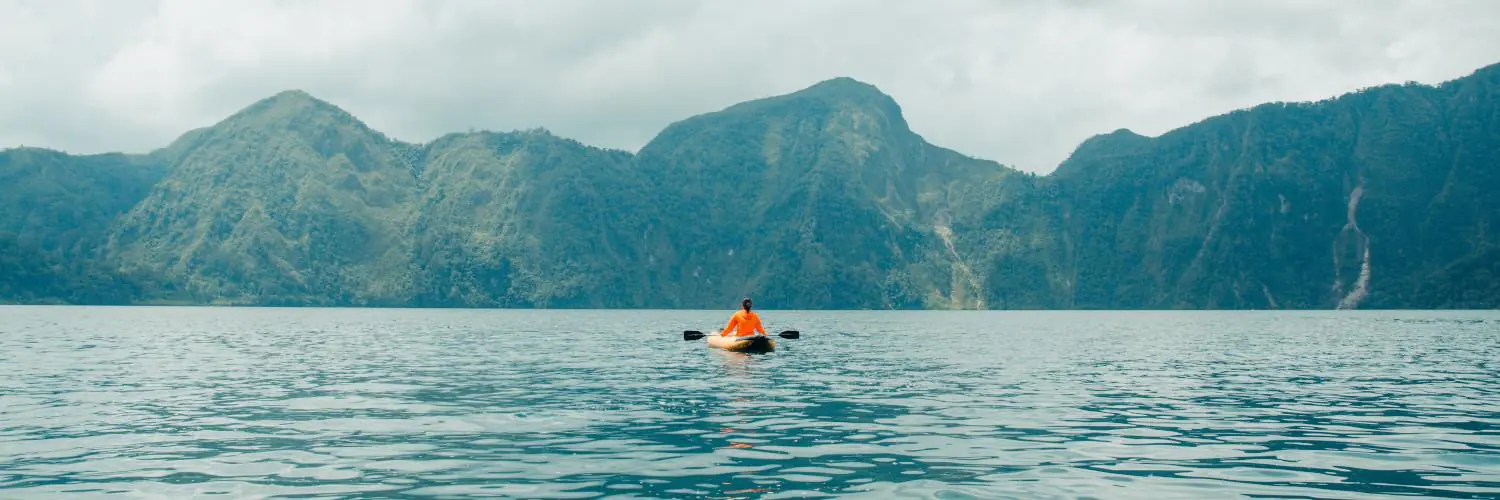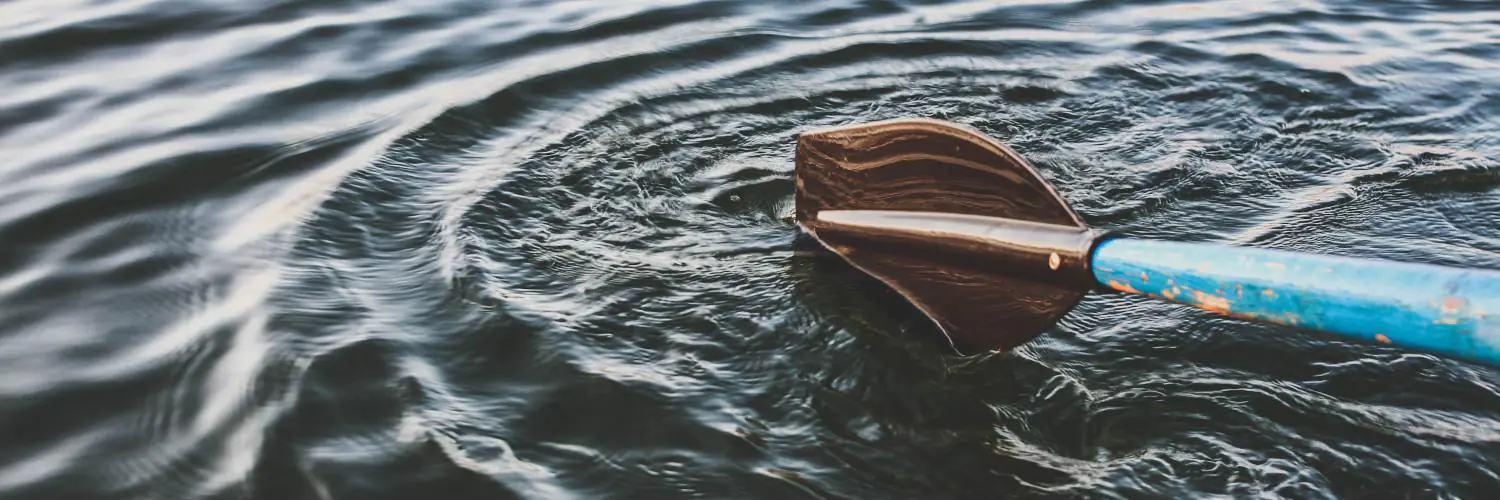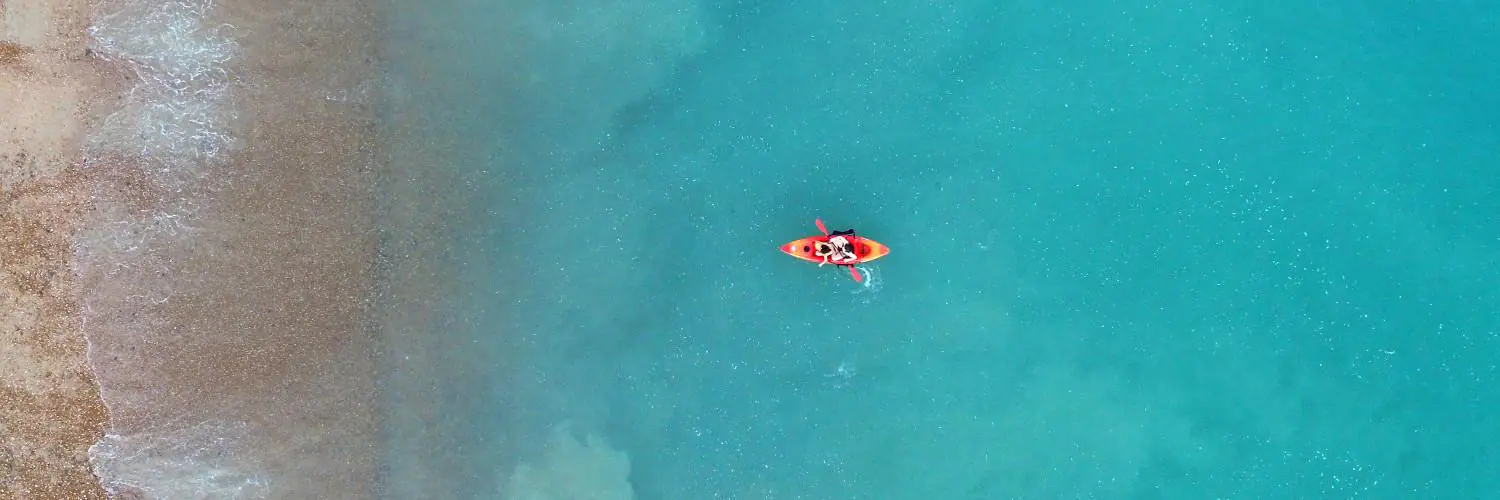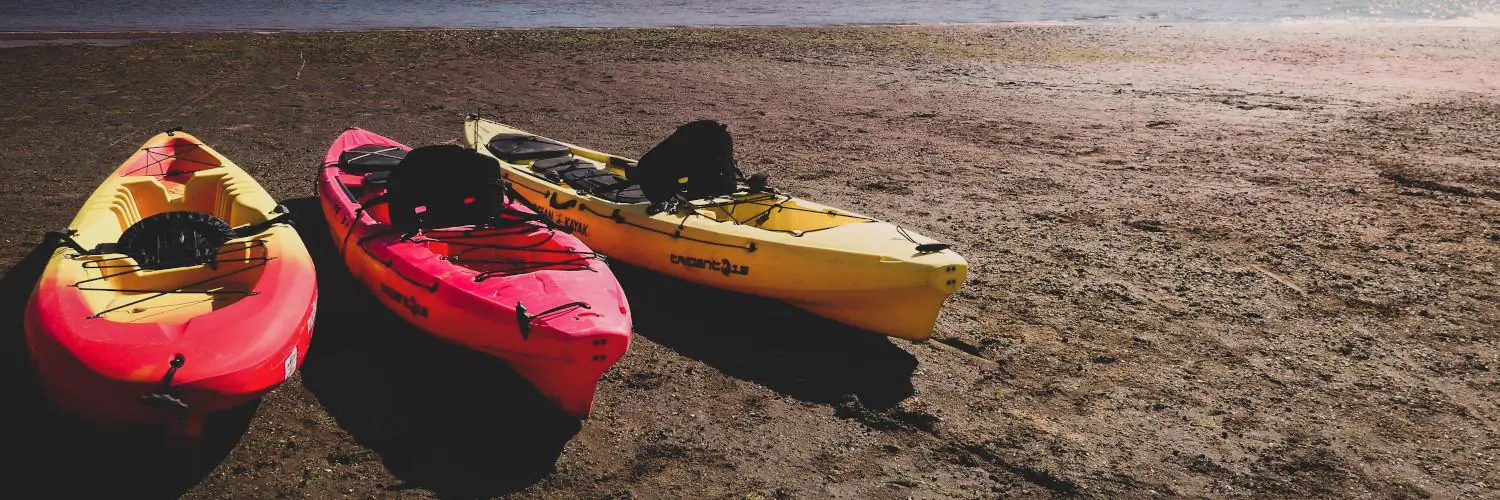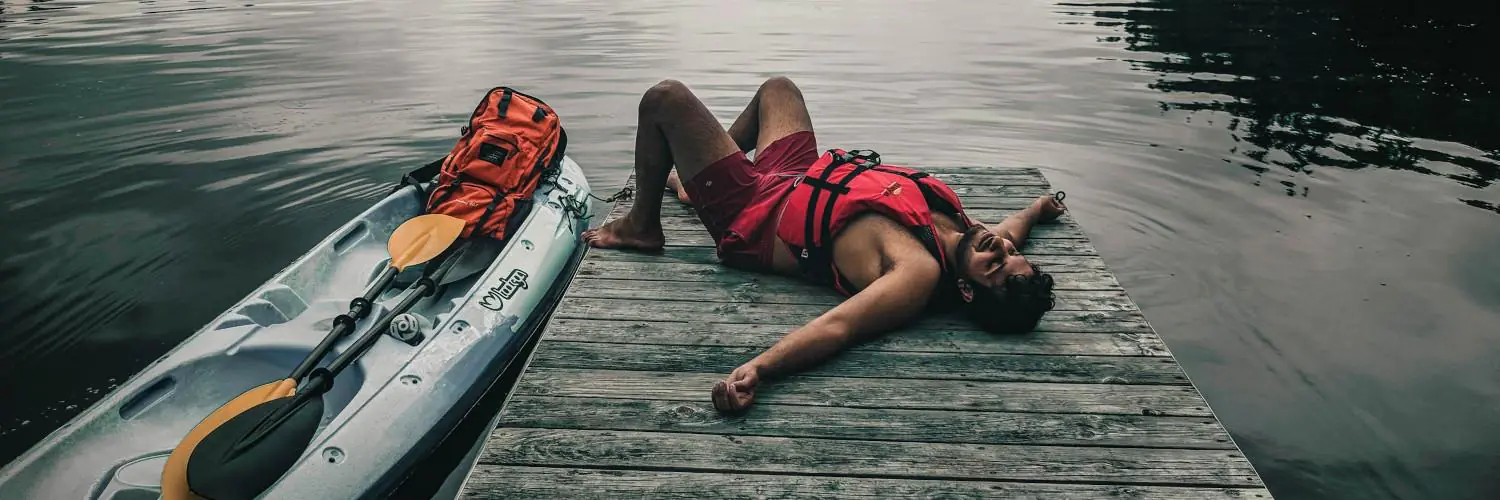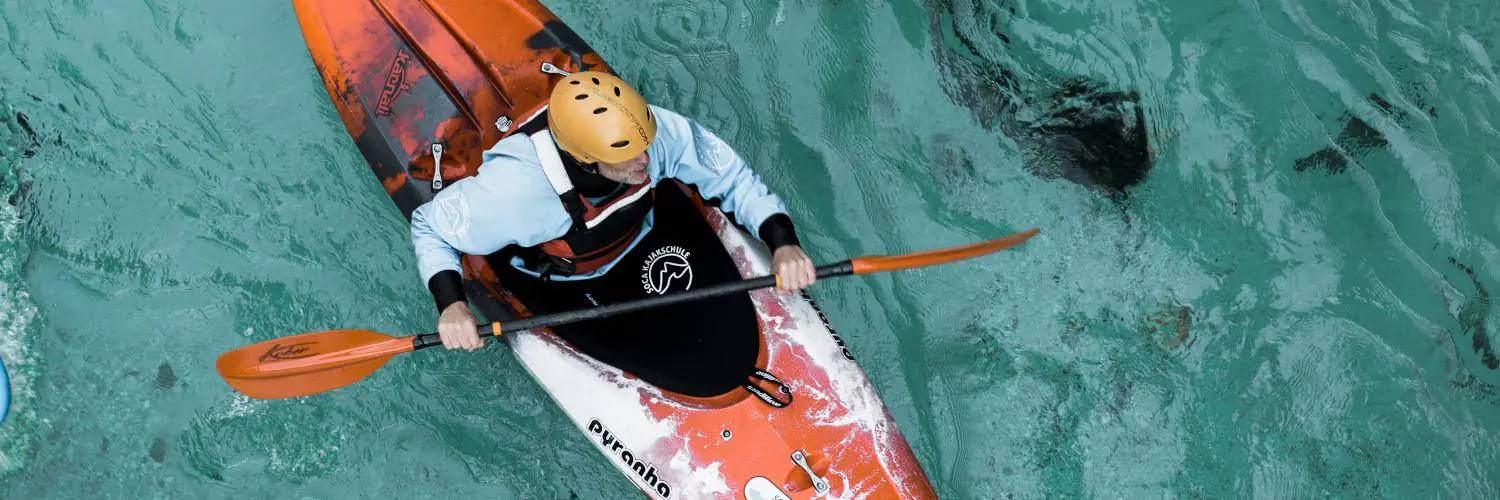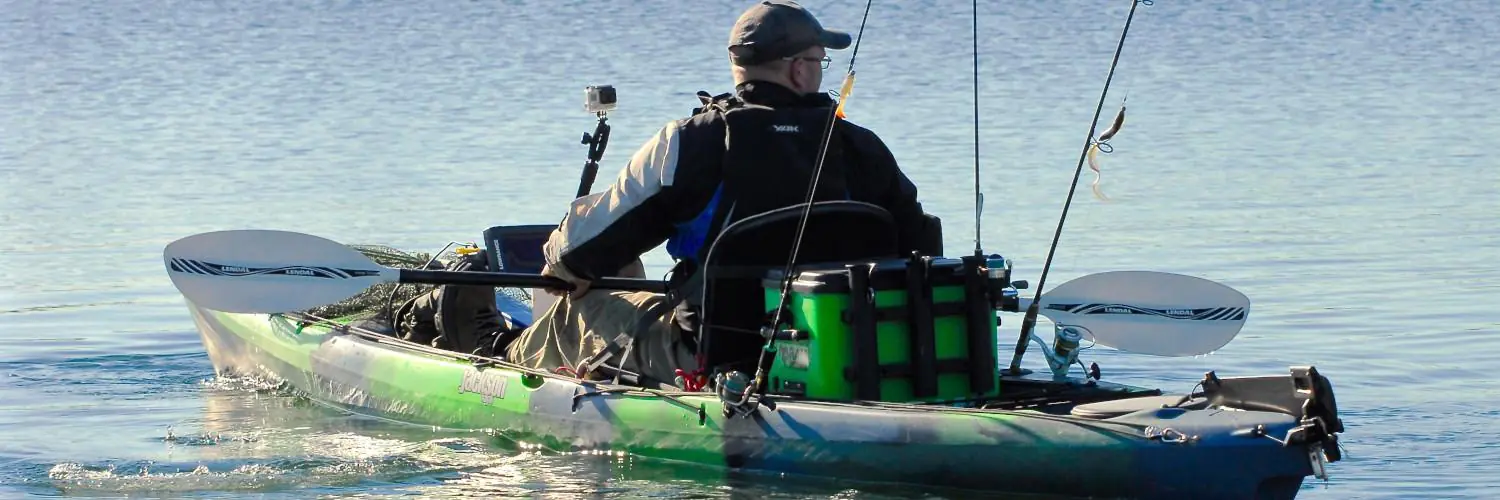Kayaking through mangroves offers a calm yet fascinating way to explore nature up close. The narrow waterways and tangled roots create a quiet world filled with life and movement. It gives people a direct way to experience coastal ecosystems while enjoying a peaceful paddle through calm, protected waters.
Each turn through the mangrove tunnels reveals something new—sunlight filtering through branches, fish darting between roots, or a heron gliding overhead. The steady rhythm of paddling allows time to notice the details that make these environments so unique. It’s a simple activity that combines exploration, learning, and relaxation.
This guide explains what to expect on a mangrove kayaking trip, why these ecosystems matter, and how to spot the wildlife that calls them home. It also highlights top destinations and essential tips for staying safe and protecting the environment while enjoying the experience.
Table of Contents
Kayaking Through Mangroves: What to Expect
Kayaking through mangroves offers calm waters, shaded routes, and close contact with coastal wildlife. Paddlers move through narrow channels surrounded by dense roots and branches, often learning about the ecosystem from local guides who help protect these fragile environments.
Navigating Mangrove Tunnels
Mangrove tunnels form where tree roots and branches meet above the water, creating narrow passages that require careful steering. Kayakers often travel single file through these shaded routes, using slow, steady strokes to avoid hitting roots or low branches.
Water levels change with the tides, so timing matters. At high tide, some tunnels may be easier to pass, while low tide can expose roots and shallow areas. Guides usually plan tours to match safe conditions.
Tips for smooth navigation:
- Use short paddle strokes to maintain control in tight spaces.
- Keep a steady pace rather than rushing through.
- Watch for overhead branches to avoid snagging gear.
These tunnels provide quiet, cool conditions that make paddling comfortable even in warm climates.
Wildlife Encounters on the Water
Mangrove forests support many species adapted to both land and sea. Kayakers often see herons, egrets, and kingfishers hunting for fish along the roots. In tropical regions, crabs, small fish, and even rays move through the shallow water.
Some areas also host monkeys, raccoons, or iguanas, which rest on branches or logs near the waterline. Because kayaks move quietly, paddlers can observe animals from a close but respectful distance without disturbing them.
A pair of binoculars or a camera with a zoom lens helps capture details. Visitors should avoid feeding or touching wildlife to keep the ecosystem balanced.
Guided vs. Self-Guided Mangrove Kayak Tours
A guided mangrove kayak tour includes a professional guide who explains local ecology, navigation, and safety. Guides often share insight about mangrove conservation and point out hidden wildlife. These tours are ideal for beginners or visitors unfamiliar with the tides and routes.
Self-guided tours allow more independence and flexible pacing. However, paddlers must check maps, tides, and weather before setting out. Renting equipment from local operators can include safety gear and navigation advice.
| Tour Type | Best For | Key Benefit |
|---|---|---|
| Guided | Beginners, families | Expert guidance and safety |
| Self-Guided | Experienced paddlers | Freedom to explore independently |
Both options offer rewarding ways to explore mangrove ecosystems while supporting eco-friendly tourism.
Mangrove Ecosystems and Their Importance
Mangrove ecosystems connect land and sea, supporting diverse wildlife and protecting shorelines from erosion. They filter water, store carbon, and provide resources that sustain both marine and human communities.
Mangrove Forests and Vegetation
Mangrove forests grow in coastal zones where saltwater and freshwater mix. These forests include several main species—red, black, and white mangroves—each adapted to different water and soil conditions.
Red mangroves use prop roots for stability and oxygen exchange, while black mangroves have vertical roots called pneumatophores that rise above the mud to access air.
Their dense root systems trap sediment and build new land over time. The vegetation also filters pollutants and provides shade that regulates water temperature.
These traits make mangroves essential for maintaining healthy coastal ecosystems and water quality.
Biodiversity and Wildlife Habitats
Mangrove forests support a wide range of species. Fish, crabs, shrimp, and mollusks use the tangled roots as nurseries and feeding grounds. Birds such as herons, egrets, and mangrove cuckoos nest in the branches, while reptiles and small mammals find shelter in the dense vegetation.
A simple view of mangrove habitats:
| Habitat Zone | Common Species | Function |
|---|---|---|
| Root Zone | Juvenile fish, crabs | Nursery and protection |
| Canopy | Birds, insects | Nesting and feeding |
| Mudflats | Mollusks, worms | Food source for wading birds |
This biodiversity supports local fisheries and ecotourism. The health of nearby coral reefs and seagrass beds often depends on the nutrients and shelter provided by mangrove ecosystems.
Role in Coastal Protection
Mangroves act as a natural barrier against storms and rising seas. Their root networks reduce wave energy, helping to prevent shoreline erosion and flooding. During hurricanes or strong tides, these forests absorb much of the impact that would otherwise damage coastal communities.
They also stabilize sediment, keeping coastal water clearer and protecting coral reefs from silt.
By storing large amounts of carbon in their roots and soil, mangroves help reduce greenhouse gases. This combination of physical and environmental protection makes them one of the most valuable natural defenses for tropical and subtropical coastlines.
Wildlife You May Encounter While Kayaking
Mangrove ecosystems support a wide variety of animals that thrive in both salt and freshwater. Paddlers often see birds hunting near the water, marine mammals surfacing quietly nearby, and reptiles resting along the banks or roots. Each group plays an important role in keeping the mangrove environment balanced.
Bird Species in Mangroves
Mangroves attract many bird species that feed, nest, and rest among the branches and shallow waters. Common sightings include herons, egrets, kingfishers, and white-bellied sea eagles. These birds rely on the mangrove’s rich supply of fish, crabs, and insects.
Early mornings and late afternoons are the best times to observe them. Kingfishers often perch low, scanning for small fish, while herons wade through the shallows with slow, deliberate steps.
Some areas also host migratory birds during certain seasons. Their presence makes mangrove kayaking a rewarding experience for birdwatchers. Carrying binoculars helps paddlers see details like plumage color and feeding behavior without disturbing the wildlife.
| Common Birds | Typical Behavior | Best Viewing Time |
|---|---|---|
| Heron | Wades and hunts in shallow water | Morning |
| Kingfisher | Dives for fish from branches | Morning/Evening |
| Sea Eagle | Soars overhead scanning for prey | Midday |
Manatees and Dolphins
In regions where mangroves meet coastal waters, manatees and dolphins can sometimes be seen. Manatees move slowly through calm channels, feeding on seagrass and algae near the roots. Their gentle movements make them easy to spot when the water is clear.
Dolphins, on the other hand, are more active. They may appear in small groups, surfacing briefly before diving again. Their presence often indicates healthy fish populations.
Kayakers should keep a respectful distance. Both species are protected, and noise or sudden movement can startle them. Observing quietly allows paddlers to appreciate their natural behavior while helping conserve their habitat.
Alligators and Other Aquatic Life
Alligators are sometimes found in mangrove areas, especially in brackish or freshwater zones. They often rest on mudbanks or float near the surface with only their eyes and snout visible. Although generally not aggressive, they should always be viewed from a safe distance.
Other aquatic life includes fish, crabs, mudskippers, and occasionally monitor lizards. These animals use the mangrove roots for shelter and feeding. Fish dart among the submerged roots, while mudskippers move across the mudflats using their fins to “walk.”
Seeing these creatures up close shows how mangroves support both land and water species. The mix of reptiles, fish, and amphibious animals highlights the complexity of this ecosystem.
Top Destinations for Mangrove Kayaking
Mangrove kayaking offers calm waters, close wildlife encounters, and shaded trails that protect paddlers from the sun. Some areas feature long, winding channels, while others provide short, beginner-friendly loops with easy access to launch points and guided tours.
Florida’s Everglades National Park
The Everglades is one of the largest subtropical wetlands in the United States. Its mangrove waterways stretch for miles, creating a maze of calm channels ideal for kayaking. Paddlers can explore trails like Nine Mile Pond or Hell’s Bay, each offering different levels of difficulty and scenery.
Wildlife sightings are common. Kayakers may see manatees, alligators, herons, and roseate spoonbills along the route. The still waters make it easy to spot reflections and movements beneath the surface.
Visitors should check tide charts and weather conditions before launching. The area’s shallow sections can become difficult to navigate at low tide. Most paddlers bring insect repellent and plenty of water, as the subtropical climate can be humid year-round.
Sarasota Bay and Longboat Key
Sarasota Bay and nearby Longboat Key offer a mix of open-water paddling and mangrove tunnels. The Lido Key Mangrove Tunnels are especially popular for their narrow, shaded paths that twist through dense roots. These calm routes are suitable for beginners and families.
The clear waters often reveal fish, rays, and small crabs moving through the roots. Overhead, egrets and ospreys hunt along the shoreline. Local outfitters rent kayaks and provide guided tours that explain the area’s ecology and conservation efforts.
Parking and launch points are available at Ted Sperling Park near South Lido Beach. Early morning or late afternoon paddles provide cooler temperatures and better wildlife activity.
Thousand Islands and Cocoa Beach
Located on Florida’s Space Coast, the Thousand Islands near Cocoa Beach feature winding mangrove channels and sheltered lagoons. The area’s calm conditions make it a good choice for both beginners and experienced kayakers.
Wildlife is abundant. Paddlers often spot bottlenose dolphins, manatees, and pelicans gliding over the water. The region’s sunset tours are popular for their soft light and quiet atmosphere.
Kayak rentals and guided trips are available through local operators. Many tours highlight the area’s marine ecosystem and the importance of mangroves in protecting the coastline from erosion and storms.
Essential Tips for a Safe and Enjoyable Experience
Proper preparation ensures that every mangrove kayak tour runs smoothly. The right gear, awareness of tides, and attention to safety and ecology help paddlers enjoy the trip while protecting the environment.
Choosing the Right Equipment
A stable sit-on-top kayak works best for mangrove channels because it’s easy to maneuver and re-enter if needed. Lightweight paddles reduce fatigue during long trips.
Every paddler should wear a U.S. Coast Guard–approved life jacket. A whistle, waterproof map, and dry bag for valuables are also essential.
Sun protection matters in open water. Use UV-resistant clothing, sunscreen, and a hat. Bring insect repellent to prevent bites in shaded areas.
| Item | Purpose |
|---|---|
| Life jacket | Safety and flotation |
| Whistle | Emergency signaling |
| Waterproof bag | Protects gear |
| Map or GPS | Navigation aid |
| Sunscreen | UV protection |
Checking equipment before launching helps prevent accidents and ensures a comfortable experience.
Best Times and Tides for Kayaking
Tides affect how easily kayakers can move through mangrove tunnels. High tide allows access to deeper channels, while low tide can expose roots and mudflats that block passage.
Local tide charts help plan trips when water levels are most favorable. Paddling near slack tide—the period between high and low tide—usually provides calm conditions with minimal current.
Morning trips often offer cooler temperatures and more wildlife activity. Midday heat can be intense, so hydration is important.
Avoid strong winds or storm forecasts, as mangrove areas can change quickly with weather shifts. Guided tours often schedule outings around the safest tidal windows.
Safety Guidelines and Environmental Respect
Safety begins with communication. Kayakers should inform someone of their route and expected return time. Paddling with a partner or group adds an extra layer of security.
Keep a safe distance from wildlife and avoid touching mangrove roots or branches. These trees protect coastlines and provide habitats for fish and birds.
Follow Leave No Trace principles—pack out all trash, avoid loud noises, and use existing launch sites.
Guided mangrove kayak tours often include short briefings on local ecology and safety procedures. Listening to these instructions helps protect both the paddler and the ecosystem.

